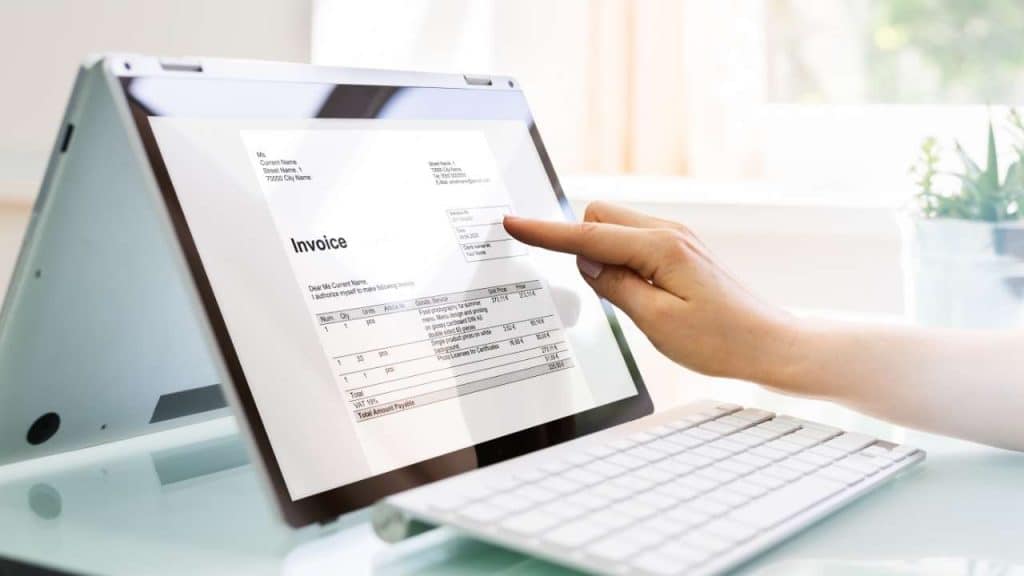As digital transformation reshapes industries, e-invoicing becomes a crucial innovation for businesses globally. Malaysia, in its bid to modernize and streamline financial transactions, is about to embrace e-invoicing. This shift promises numerous benefits, from enhanced efficiency to improved compliance with tax regulations. In this blog, we’ll delve into what e-invoicing is, why it’s important, and what Malaysian businesses need to know to make the transition smoothly.
What is E-Invoicing?
E-invoicing, or electronic invoicing, is the process of sending and receiving invoices in a digital format, replacing traditional paper or electronic documents like invoices, credit notes, and debit notes. An e-invoice contains the same essential information as traditional documents, including supplier and buyer details, item descriptions, quantities, prices excluding tax, tax amounts, and total amounts. This digital format reduces the use of paper and automates the invoicing process, ensuring accuracy, efficiency, and faster transactions.

Why is E-Invoicing Important?
The adoption of e-invoicing offers a multitude of benefits that can significantly enhance business operations. According to the Inland Revenue Board (LHDN) website, here are some key advantages:
1. Reduce Manual Efforts & Human Error
E-invoicing automates the creation and submission of transaction documents and data electronically, leading to a unified invoicing process. This automation reduces the need for manual data entry, minimizing human errors and ensuring accuracy in invoicing.
2. Facilitate Efficient Tax Filling
By integrating seamlessly with existing systems, e-invoicing enables efficient and accurate tax reporting. This streamlined process ensures that tax information is reported correctly and on time, reducing the risk of errors and penalties.
3. Streamline Operational Efficiency
E-invoicing enhances operational efficiency by significantly saving time and reducing costs. The automated process eliminates the need for paper-based invoicing, reduces administrative workload, and allows businesses to allocate resources more effectively.
4. Digitalize Tax & Financial Reporting
E-invoicing aligns financial reporting and processes with industrial standards, enabling businesses to digitalize their tax and financial reporting. This transition to digital practices ensures businesses comply with evolving regulations and maintain accurate financial records.
The Current State of E-Invoicing in Malaysia
The Malaysian government has been proactive in encouraging the adoption of e-invoicing. As part of its digital transformation strategy, the Inland Revenue Board (IRB) introduced an e-invoicing system to facilitate seamless and compliant transactions. This system aims to make tax reporting more efficient and reduce the administrative burden on businesses.
To ensure a smooth transition, the roll-out of e-invoicing will be implemented in phases, taking into account turnover or revenue thresholds. This phased approach provides taxpayers sufficient time to prepare and adapt to the new system. Below is the e-invoicing implementation timeline:
- 1 August 2024: Taxpayers with an annual turnover or revenue of more than RM100 million
- 1 January 2025: Taxpayers with an annual turnover or revenue of more than RM25 million and up to RM100 million.
- 1 July 2025: All taxpayers.

How to Transition to E-Invoicing?
Transitioning to e-invoicing requires careful planning and execution. Here are some steps to ensure a smooth transition:
1. Access Your Current Systems
Evaluate your existing invoicing processes and identify areas where e-invoicing can bring improvements. Determine the technical requirements needed to integrate e-invoicing with your current systems.
2. Choose The Right E-invoicing Solution
The Malaysian Inland Revenue Board (IRBM) offers two options for e-invoice transmission mechanisms:
MyInvois Portal:
- A portal hosted by IRBM that is accessible to all taxpayers at no cost.
- Suitable for businesses that do not have an Application Programming Interface (API) connection.
Application Programming Interface (API):
- An API enables direct data transmission between the taxpayers’ and MyInvois systems.
- Requires upfront investment in technology and adjustments to existing systems.
- Ideal for large taxpayers or businesses with substantial transaction volumes.
3. Train Your Staff
Ensure that your team is well-trained in the new e-invoicing system. Provide them with the necessary resources and support to make the transition seamless.
4. Communicate With Your Clients & Supplier
Inform your clients and suppliers about your transition to e-invoicing. Provide them guidelines for interacting with your new system to ensure smooth transactions.
5. Monitor & Optimize
Regularly monitor the performance of your e-invoicing system and make necessary adjustments. Gather feedback from your team and clients to continually improve the process.
By following these steps and choosing the most suitable e-invoice transmission mechanism for your business, you can ensure a smooth transition to e-invoicing, enhance operational efficiency, and stay compliant with Malaysian tax regulations.
Ready to Streamline Your Invoicing Process?

Whether you’re a large enterprise or an SME, transitioning to e-invoicing can significantly benefit your business. As a software development company specializing in e-invoicing solutions, we’re here to help you make a seamless transition.
Contact us today to learn more about how our e-invoicing software can streamline your invoicing process, improve efficiency, and ensure compliance with Malaysian tax regulations.
Stay tuned for more updates and tips on e-invoicing implementation in Malaysia by following our blog or subscribing to our newsletter.

